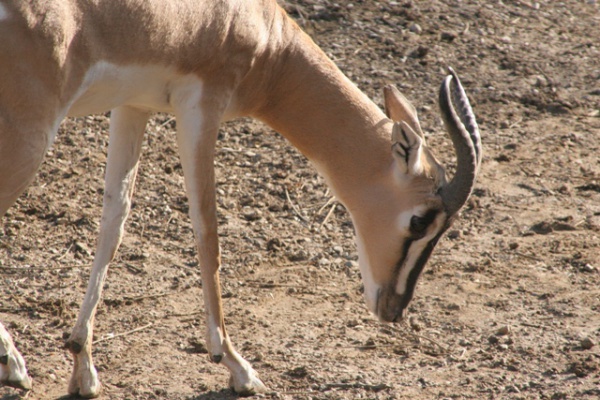Facts About Soemmerring's gazelle
Soemmerring's gazelle, also known as the Abyssinian mohr, is a graceful species native to the Horn of Africa. First described by German physician Philipp Jakob Cretzschmar in 1828, this gazelle belongs to the Bovidae family and bears the scientific name Nanger soemmerringii. It is closely related to Grant's gazelle and Thomson's gazelle.
There are three recognized subspecies of Soemmerring's gazelle: the Sudan, Borani, and Somali subspecies. These elegant animals are distinguished by their tall stature, tan flanks, white underbellies, and striking long black horns. They thrive in open steppes with scattered brush and acacia, as well as in regions with sparse trees. Their diet primarily consists of acacia and bush leaves, grasses, and herbs.
Regrettably, Soemmerring's gazelle is classified as Vulnerable on the IUCN Red List. The species faces significant threats from hunting and habitat destruction. Historical hunting practices, such as using stone corrals, have been detrimental, and ongoing human activities continue to impact their natural habitats. Consequently, the population of these gazelles has dwindled in certain areas, with some subspecies verging on extinction.
While Soemmerring's gazelle is not extensively studied, ongoing efforts strive to conserve and protect the remaining populations. These conservation measures are vital to ensuring the survival of this beautiful species amidst mounting threats to its existence.

 Egypt
Egypt